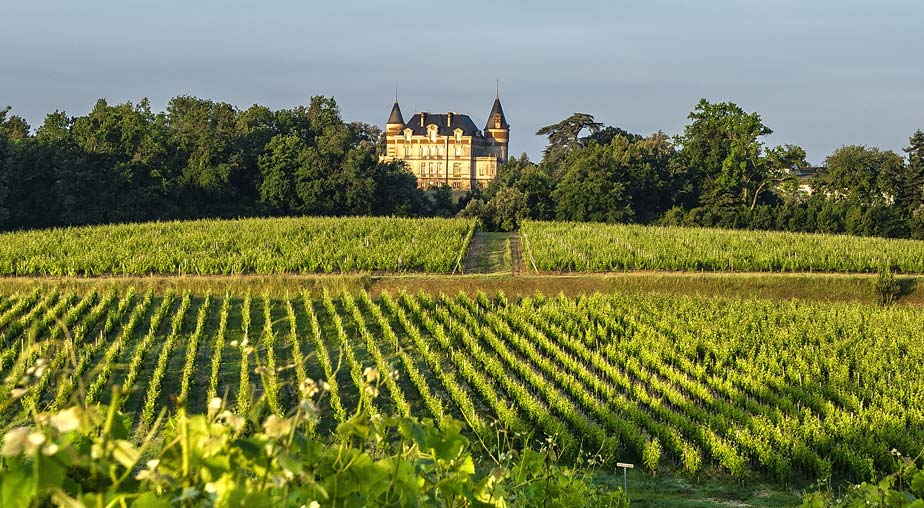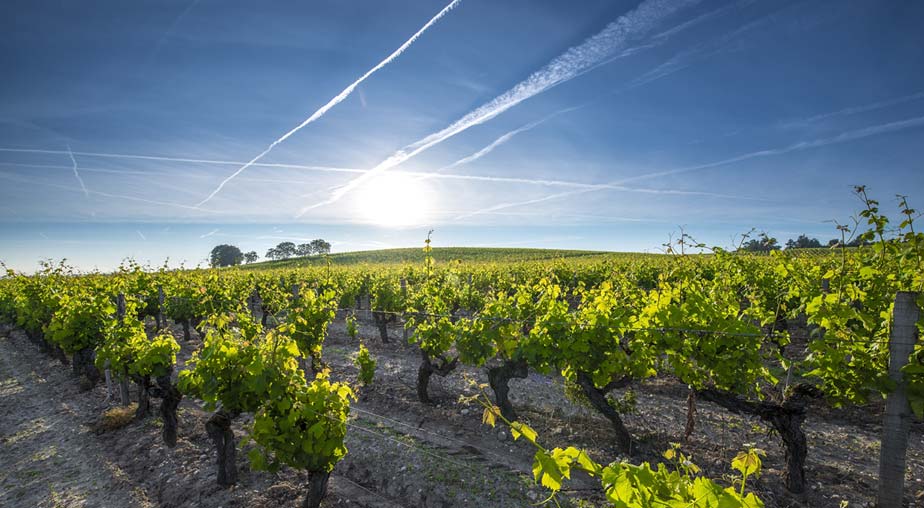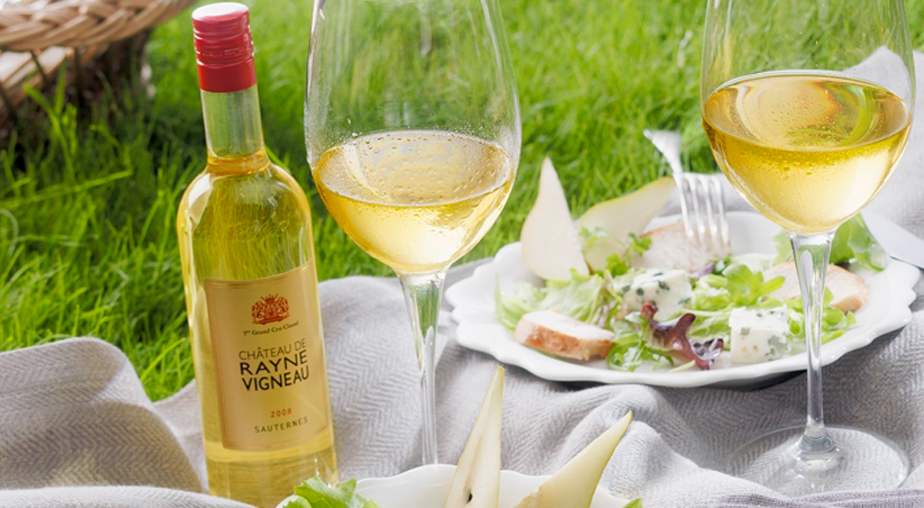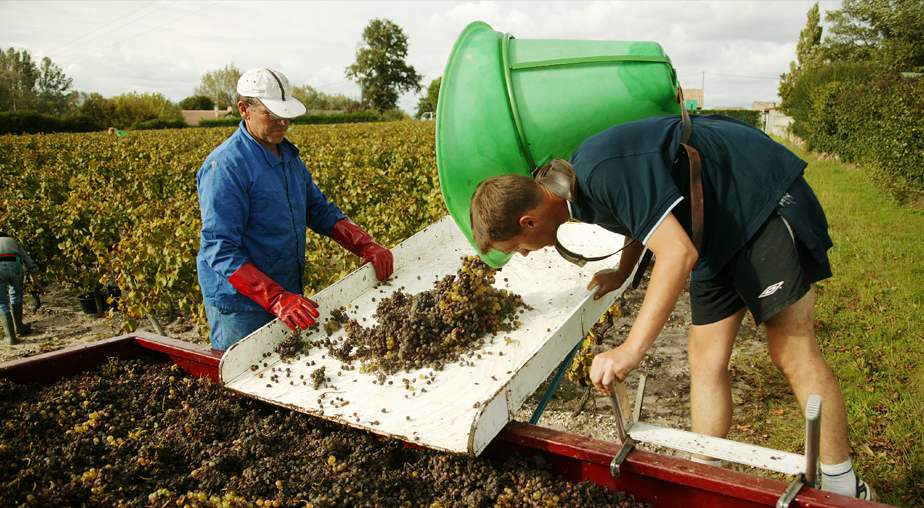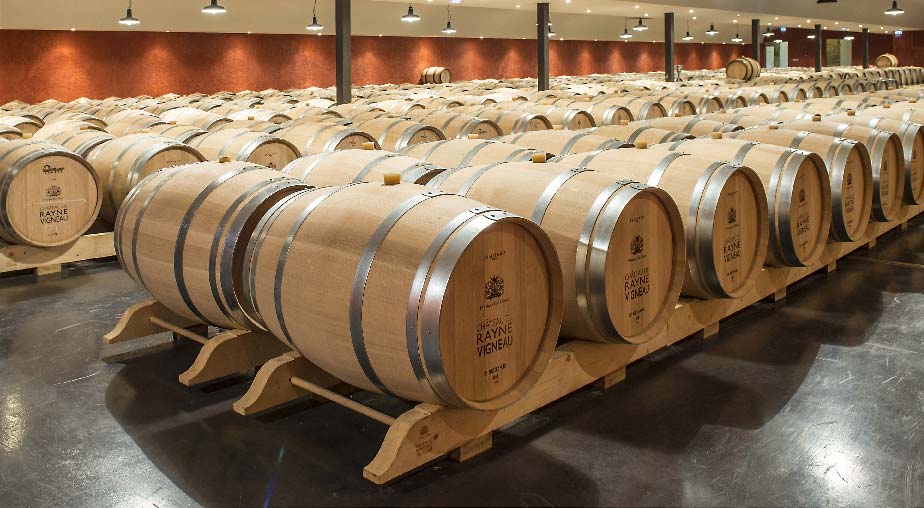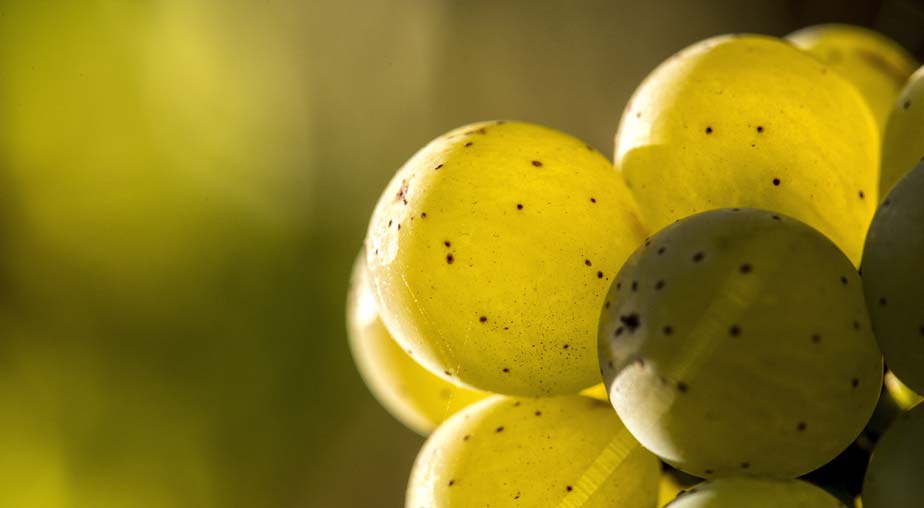-
17th century
Date of creation of the estate
Rayne Vigneau’s vineyard lies on a splendid gravel mound, overlooking Sauternes near the village of Bommes and forming the third highest point in the area after Yquem. Back in the 17th century, “Vigneau de Bommes” was the original name for the vineyard, the château, the surrounding estate and, finally, the de Vigneau family, who were the first lords of the manor. Gabriel de Vigneau is indeed mentioned in documents as early as 1635. His son, Étienne, married Jeanne Sauvage, daughter of the Lord of Yquem, and supervised the estate starting 1681. Madame de Rayne, née Catherine de Pontac, bought the Domaine du Vigneau in 1834.
The official 1855 classification recognised Vigneau among the top wines of Sauternes. In 1867, the well-known wine broker Daney ranked it in first place, immediately after Yquem. Albert de Pontac, a great-nephew of Madame de Rayne, named the estate “Rayne Vigneau” in her honour.
In 1961 the estate was divided. The vineyard and the vineyard facilities were sold. The castle, the outbuildings and the park remained in the family. The successive owners of the vineyard have made considerable financial investments and tremendous work for the quality of the wine. Between 2004 and 2015, Château de Rayne Vigneau belonged to CA Grands Crus, a subsidiary of the Crédit Agricole Group, which set up an improvement plan for the entire vineyard.
Now the Château de Rayne Vigneau, acquired by the Trésor du Patrimoine group, is managed by Vincent Labergere, the Director, and the consultant oenologist, Henri Boyer. Rayne Vigneau, a solid value of the appellation, claims, vintage after vintage, a style full of intensity, length and freshness.
-
Château de Rayne Vigneau
1er Grand Cru Classé de Sauternes en 1855
The official 1855 classification recognised Vigneau among the top wines of Sauternes. In 1867, the well-known wine broker Daney ranked it in first place, immediately after Yquem. Albert de Pontac, a great-nephew of Madame de Rayne, named the estate “Rayne Vigneau” in her honour.
Vineyard
84 ha of a single block
Producing Sauternes requires special care from the vineyard to the winery.
Superbly located on a mound overlooking the Sauternes region, the château lies at the centre of a single block vineyard of 84 hectares (207 acres). The vineyard is planted on Garonne gravels, lying on a clay base and reveals surprising precious stones such as agates, onyxes, amethysts and sapphires.
The vines are an average of 30 years old, divided between 74% Sémillon, 24% Sauvignon Blanc, which brings the freshness so typical of the wines of this château, and 2% Muscadelle.
The yields are between 10 to 15 hectolitres per hectare, depending on the vintage.- Sémillon 74 %
- Sauvignon Blanc 24 %
- Muscadelle 2 %
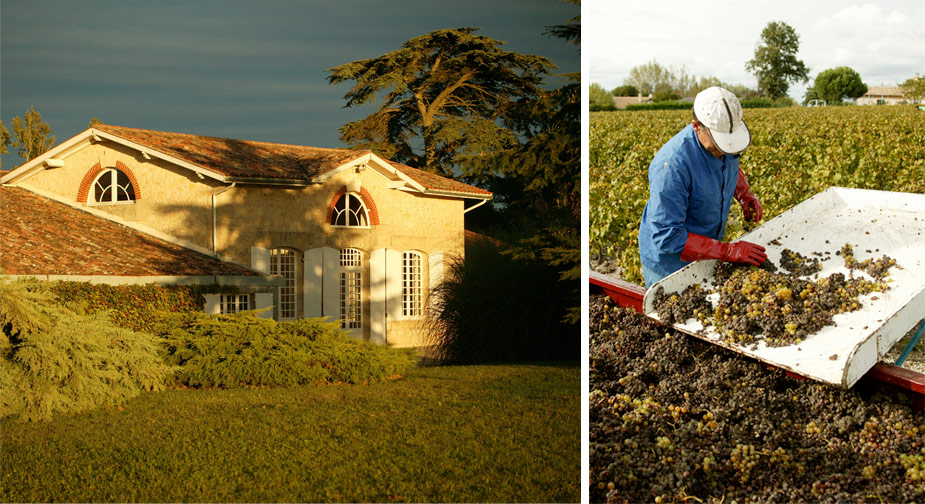
Harvesting
& Winemaking at Château de Rayne Vigneau
The influence of the Ciron stream, that flows into the River Garonne, plays a key role in the over-ripening of the grapes. It causes morning mists to form in the late summer and early autumn, thereby encouraging the gradual growth of the Botrytis Cinerea fungus. Picking is carried out by hand, in successive selections made on the vines, so that each grape is picked only when it has been perfectly "botrytised". All this care taken in the vineyard is naturally extended to the winery, which includes a sorting table and rigorous selection process, followed by delicate pressing of the grapes. Each batch is fermented in barrels, according to local custom. The wines then continue their maturing process in barrels, of which between 40 and 50% are new each year.

